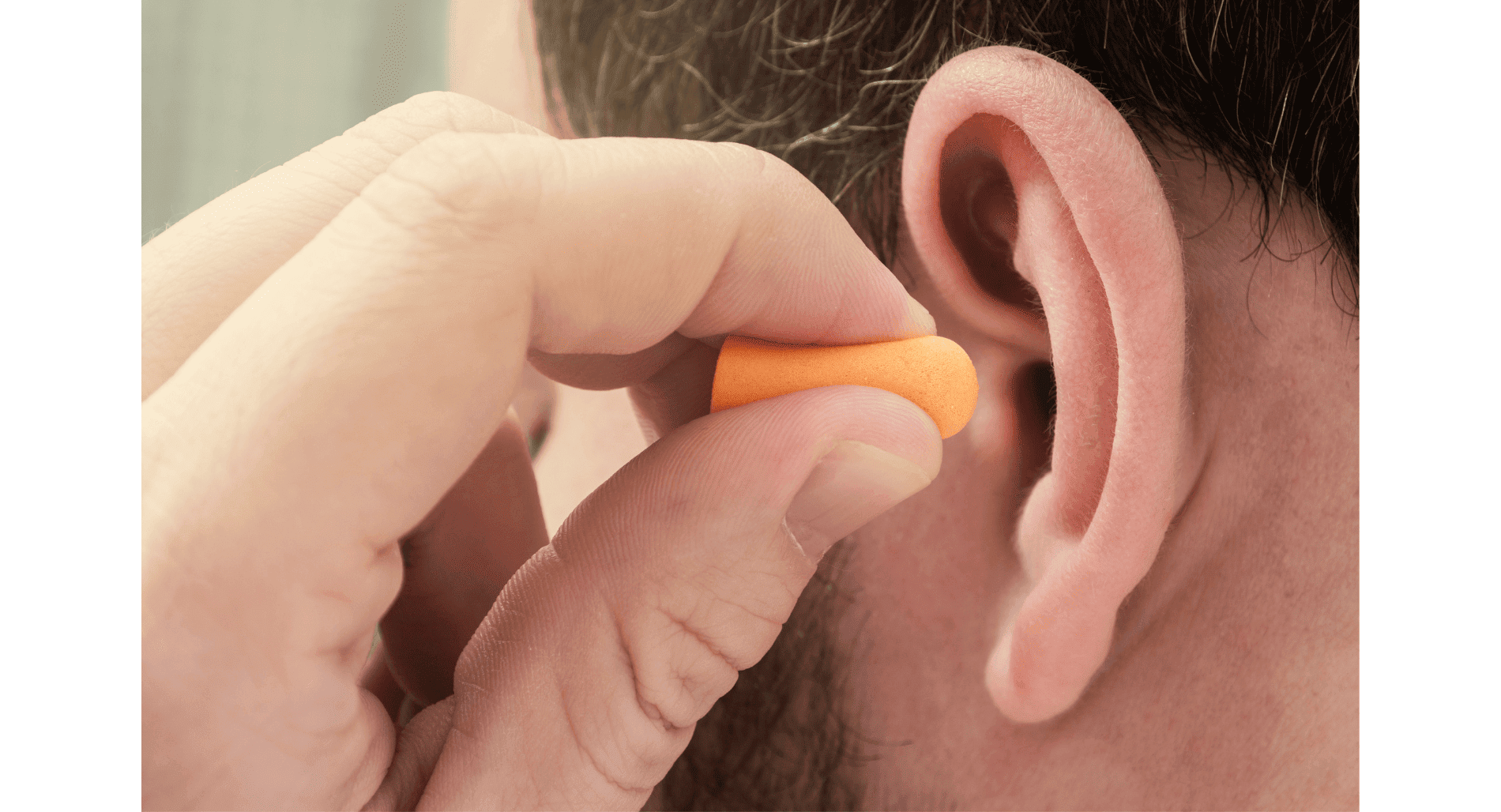
As hearing professionals, our commitment goes beyond merely addressing hearing loss; it extends to preventative measures, timely diagnosis, and cutting-edge management strategies. In the dynamic landscape of occupational hazards, the risks to hearing health are diverse and often underestimated. This article aims to shed light on the various threats posed by different professions, explore recent advancements in hearing health, and emphasize the crucial role of early detection in preserving auditory well-being.
Occupational Hazards and Hearing Health:
Construction and Industrial Settings:
The cacophony of heavy machinery and power tools poses a significant risk to hearing health in construction and industrial occupations. Prolonged exposure to high decibel levels can lead to noise-induced hearing loss (NIHL). Recent studies highlight the cumulative effects of occupational noise, emphasizing the need for stringent workplace regulations and the adoption of personal protective equipment (PPE) like noise-canceling headphones.
Healthcare Professionals:
Surprisingly, those in the healthcare sector, particularly in operating rooms and emergency departments, face heightened risks due to constant exposure to alarms, machinery, and medical equipment. Noise levels in these environments have been linked to stress, fatigue, and an increased likelihood of hearing impairment. The integration of advanced soundproofing technologies and regular hearing screenings is essential for healthcare professionals to safeguard their hearing.
Musicians and Entertainment Industry:
Musicians, sound engineers, and those in the entertainment industry often dance on the fine line between art and occupational hazard. The advent of in-ear monitors and improved noise reduction technologies has mitigated some risks. However, persistent exposure to loud concerts and studio environments requires a comprehensive approach, including regular audiometric monitoring, musician-specific ear protection, and education on safe listening practices.
Office Workers:
While office settings may seem less prone to hearing risks, the prevalence of open-plan offices, constant phone calls, and the use of headphones can contribute to subtle yet impactful auditory strain. Implementing noise reduction measures, encouraging breaks to reduce continuous exposure, and providing ergonomic solutions can significantly contribute to preserving hearing health in office environments.
Recent Advancements in Hearing Loss Prevention, Diagnosis, and Management:
Prevention:
Recent developments in hearing loss prevention focus on tailored solutions for specific occupations. Customized ear protection, such as smart earplugs that adjust to varying noise levels, is gaining traction. Additionally, advancements in workplace design, incorporating acoustic engineering principles, contribute to creating environments that prioritize auditory well-being.
Diagnosis:
Early detection remains a linchpin in hearing health management. The integration of artificial intelligence in audiometric testing allows for more precise and efficient assessments. Moreover, innovative diagnostic tools like otoacoustic emissions (OAE) testing provide insights into the health of the inner ear, enabling proactive intervention before symptoms manifest.
Management:
Contemporary hearing loss management extends beyond traditional hearing aids. Cochlear implants have evolved with improved technology, offering enhanced sound quality and customization options. Furthermore, research into regenerative therapies and gene therapies holds promise for reversing certain types of hearing loss, providing hope for a future where irreversible impairment may be a thing of the past.
The Importance of Early Detection:
Early detection is the linchpin of effective hearing health management. Routine hearing screenings, especially in high-risk occupations, empower individuals to take proactive measures before irreversible damage occurs. In addition to traditional audiometry, emerging technologies enable continuous monitoring, allowing for real-time intervention when needed. Cultivating a culture of regular hearing check-ups can significantly impact the trajectory of one’s auditory well-being.
Conclusion:
As hearing professionals, our commitment extends beyond the treatment of hearing loss; it encompasses the proactive preservation of auditory well-being. By understanding the diverse risks various occupations pose, embracing cutting-edge preventative measures, and championing early detection, we pave the way for a future where hearing impairment is not an inevitable consequence of certain professions. Let us continue to explore innovative solutions, advocate for workplace policies that prioritize hearing health, and empower individuals to take charge of their sonic well-being. Together, we can ensure a harmonious and noise-resilient future for all.
